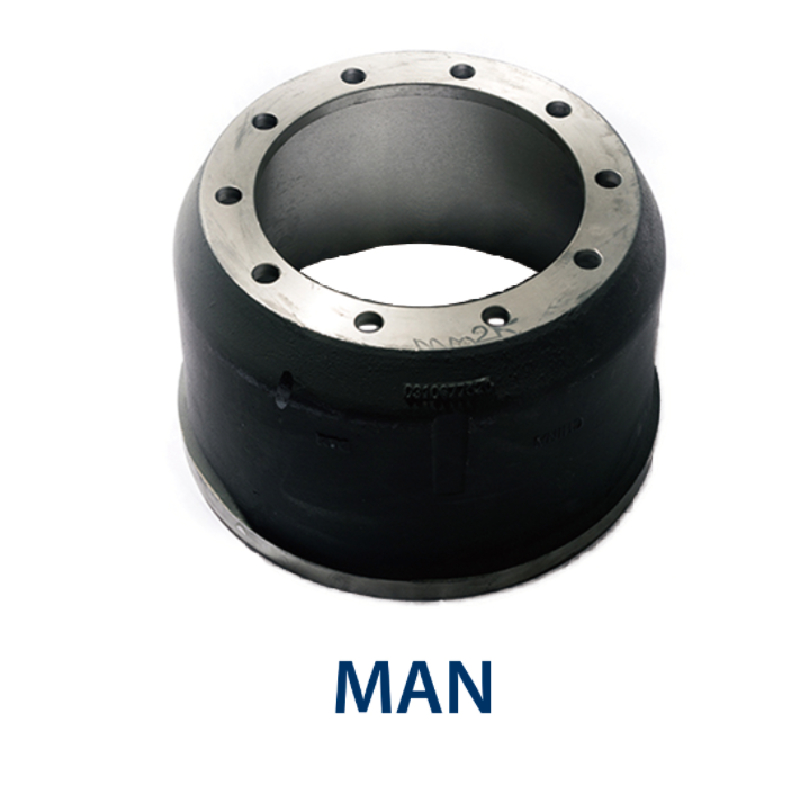វិច្ឆិកា . 01, 2024 03:34 Back to list
Exploring the Mechanics and Applications of Industrial Drum Braking Systems in Modern Industries
Understanding Industrial Drum Brakes Characteristics and Applications
Industrial drum brakes are crucial components in various machinery and equipment, providing reliable performance for stopping and controlling heavy loads safely and efficiently. These braking systems utilize a drum managed by friction from brake shoes to generate the necessary force to bring large machines, vehicles, and equipment to a halt. This article delves into the characteristics, applications, and advantages of industrial drum brakes.
Mechanism of Operation
The basic mechanism of a drum brake consists of a cylindrical drum mounted on the wheel hub and brake shoes that press against the inner surface of the drum when activated. When the operator applies the brakes, hydraulic or pneumatic force pushes the brake shoes outward, generating friction against the drum's surface. This friction slows down the rotation of the wheel and eventually stops the equipment. The design ensures an even distribution of force, which enhances braking performance and prolongs the life of the components.
Key Characteristics
1. High Friction Coefficient Industrial drum brakes rely on materials with a high friction coefficient, ensuring effective slowing and stopping of various loads.
3. Robustness Designed for heavy-duty applications, drum brakes are often more durable and can withstand harsh environments and conditions.
industrial drum brakes

4. Self-Adjusting Mechanism Many industrial drum brakes come equipped with self-adjusting features that maintain optimal performance over time, reducing maintenance efforts.
Applications
Industrial drum brakes find widespread use across multiple sectors. They are commonly employed in manufacturing equipment, conveyor systems, cranes, and forklifts. In the transportation industry, these brakes are vital in heavy vehicles, such as trucks and buses, particularly where loads can vary significantly. Additionally, they are utilized in construction machinery like excavators and bulldozers, where reliable stopping power is essential for safety.
Advantages Over Other Braking Systems
One significant advantage of drum brakes over disc brakes is their ability to provide higher torque during braking, making them ideal for heavy loads. Additionally, drum brakes are less susceptible to water and debris interference, which enhances their reliability in adverse conditions. Furthermore, the enclosed design of drum brakes minimizes contaminants, reducing wear and prolonging service life.
Conclusion
In summary, industrial drum brakes play an integral role in maintaining safety and efficiency in various applications. Their robust design, high friction capabilities, and durability make them a preferred choice for heavy machinery and transportation. Understanding their function and benefits can help industries optimize their use of braking systems and ensure the safe operation of equipment across diverse environments.
-
Volvo Brake Drum: OEM Quality, Optimal Safety
NewsAug.27,2025
-
Durable Brake Drum MAZ for Heavy Duty Trucks | High Performance
NewsAug.26,2025
-
FUWA: Premium Quality, Reliable Performance & Innovative Solutions
NewsAug.25,2025
-
Liza Brake Drum: Superior Quality & Performance for Safe Driving
NewsAug.24,2025
-
Iveco Brake Drum | Premium OE Quality for Daily & Eurocargo
NewsAug.22,2025
-
Your Brake Drum Man: Quality & Performance Parts
NewsAug.21,2025
